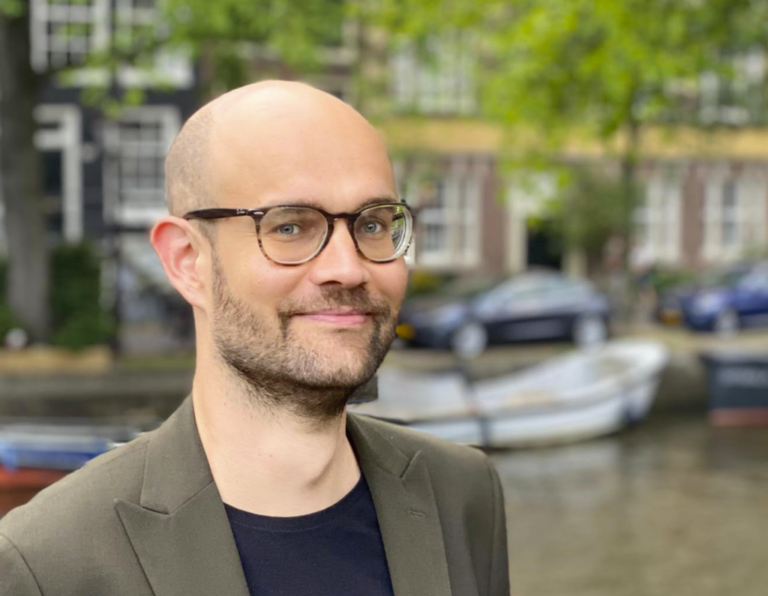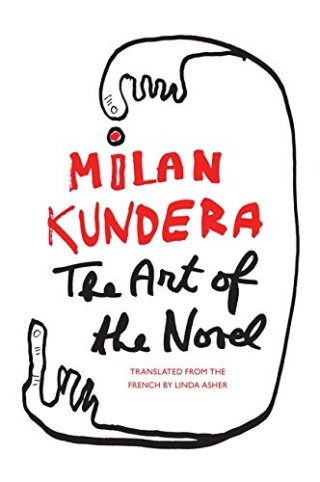[The Sultana] orders her islanders to cut coco-branches with their leaves, and to throw them upon the surface of the water. To these the creatures attach themselves, and are then collected and spread upon the sandy beach, where the sun rots them, and leaves only the empty shells, which are then carried to the Treasury.
Couple this fragment of the wholly fantastic The Sound of the Sea with the story of how the bit — that other vital unit of the modern world — was born, then revisit the poetic Victorian marine biologist and naturalist Philip Henry Gosse on the wonder of the sea’s most overlooked creatures.
Once amassed in bags of money, for shell-lovers, cowries are the sea’s coveted bag of marbles. High-polished globes of spun gold, a fawn’s coat, gaseous rings, creamy maps, copper fishnet, cuts of amethyst, oiled mahogany, sundry dots and stripes — colors and markings on just a few of the 250 species known living today — no two look exactly alike. They are rounded on top and flat underneath where the aperture cuts jaggedly across. Depending on the species, the slit at the bottom can be gaping or exceedingly narrow. The teeth might form a harmless, stubby grin like the Money Cowrie, or a fierce-combed trap that looks like it could take a bite of you; the White-toothed Cowrie has such a maw.
All the more remarkable was the Maldivian queen’s role in the dawn of international trade. The chain of atolls, coral reefs, and lowlying islands 600 miles off the tip of India was the center of production for the first global money.
By the nineteenth century, money cowries had grown so popular in West Africa that they were used to purchase a third of the human being enslaved and abducted to the Americas.
The Maldivian tender packed up perfectly and made for excellent ship ballast. It was neither paper nor metal, though it jingled in the pocket and shined up bright as a fresh-minted coin. The first global specie was a species.
The notion of imbuing a strange ocean shell with value had begun much earlier, with the twin forces of human vanity: superstition and personal aesthetics. As early as the Stone Age, cowries were used as jewelry, amulets, and healing objects. Strings of them — both real shells and gold-cast replicas — were found in Egyptian tombs, believed to bring fertility, protect against the Evil Eye, and bring good fortune in the afterlife.
In the first millennium, the cowries drew a Buddhist high culture to the Maldives themselves — that ravishing coral rosary of 1,200 islands, curving northward from the equator for 600 miles, named after the Sanskrit for “garland of islands,” maladvipa, and with an etymological nod to the ancient queens in the word mahiladvipa: “island of women.” Shining cowries are strewn throughout the Buddhist ruins across the islands to this day.
In the first millennium, the cowries drew a Buddhist high culture to the Maldives themselves — that ravishing coral rosary of 1,200 islands, curving northward from the equator for 600 miles, named after the Sanskrit for “garland of islands,” maladvipa, and with an etymological nod to the ancient queens in the word mahiladvipa: “island of women.” Shining cowries are strewn throughout the Buddhist ruins across the islands to this day.
The Maldives controlled shell money for centuries. Yet today, the islands’ ancient cowrie history remains buried deep in coral rock and sand. That’s owing to its idolatrous beginnings, frowned upon in the Muslim-governed nation where nothing “contrary to the tenets of Islam” is allowed.
Long before Queen Khadijah’s reign and long after, gleaming shell money from her part of the world turned up in striking human spaces—from fourth-century graves north of the Arctic Circle to the slave-house subfloor at Thomas Jefferson’s Monticello.
How did we get here?




